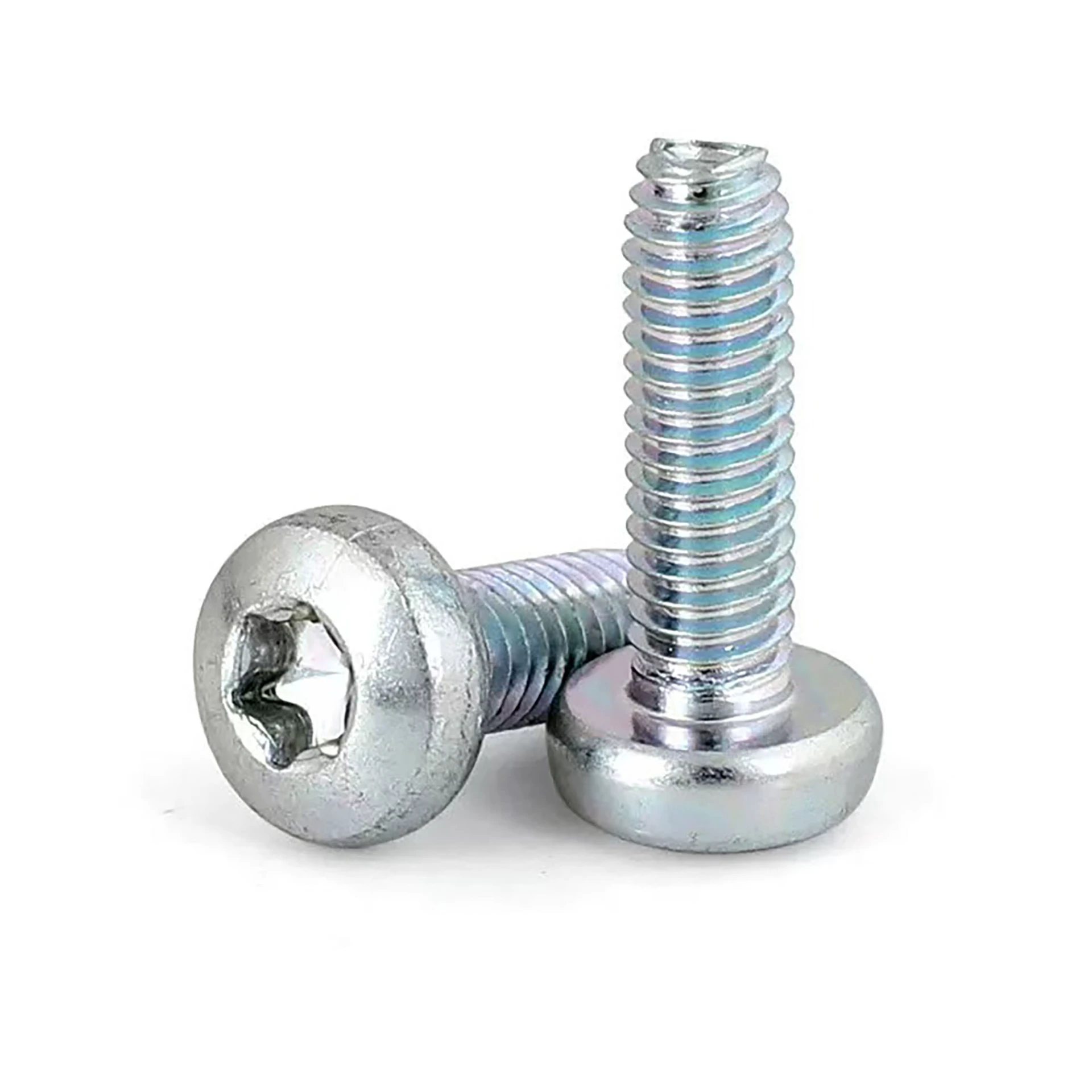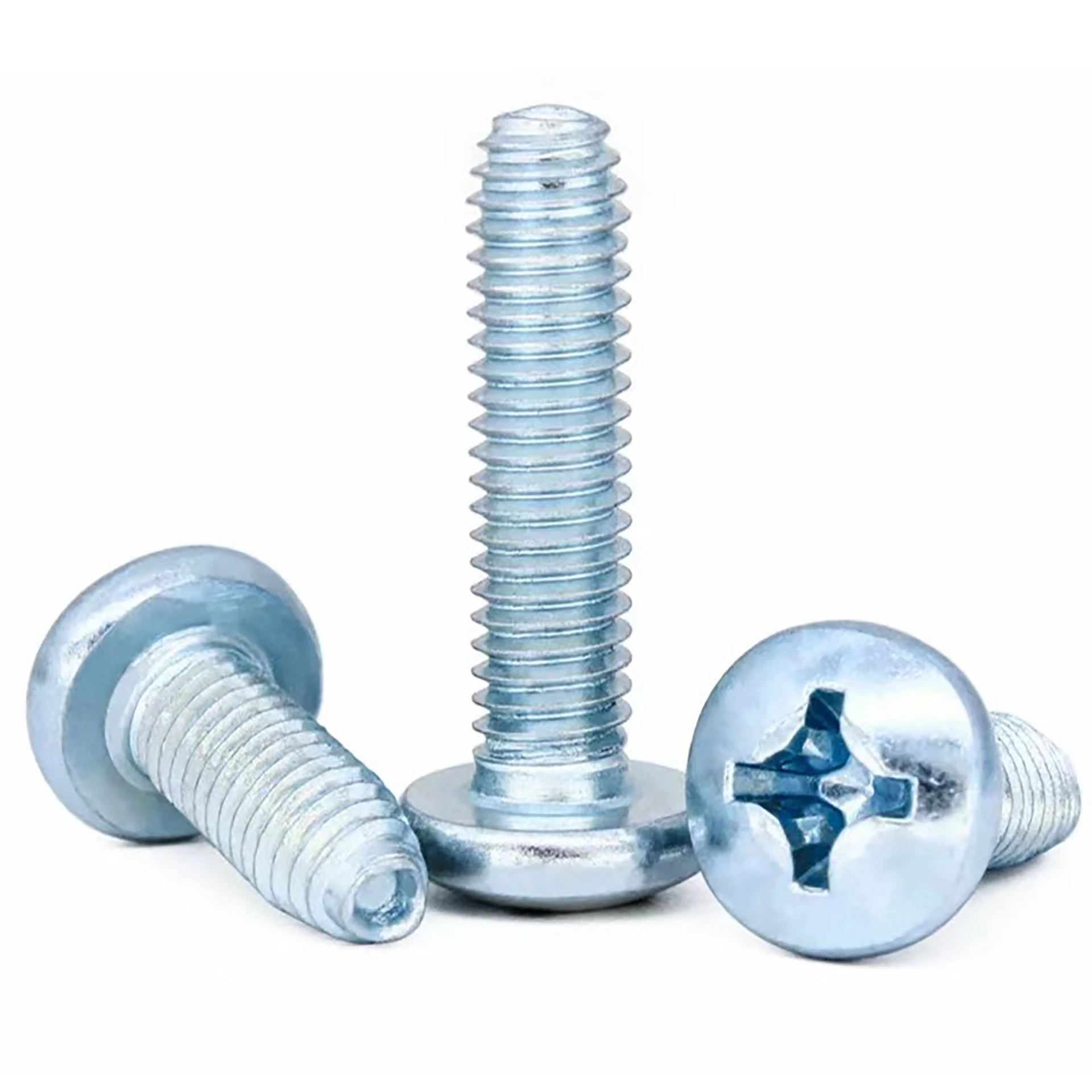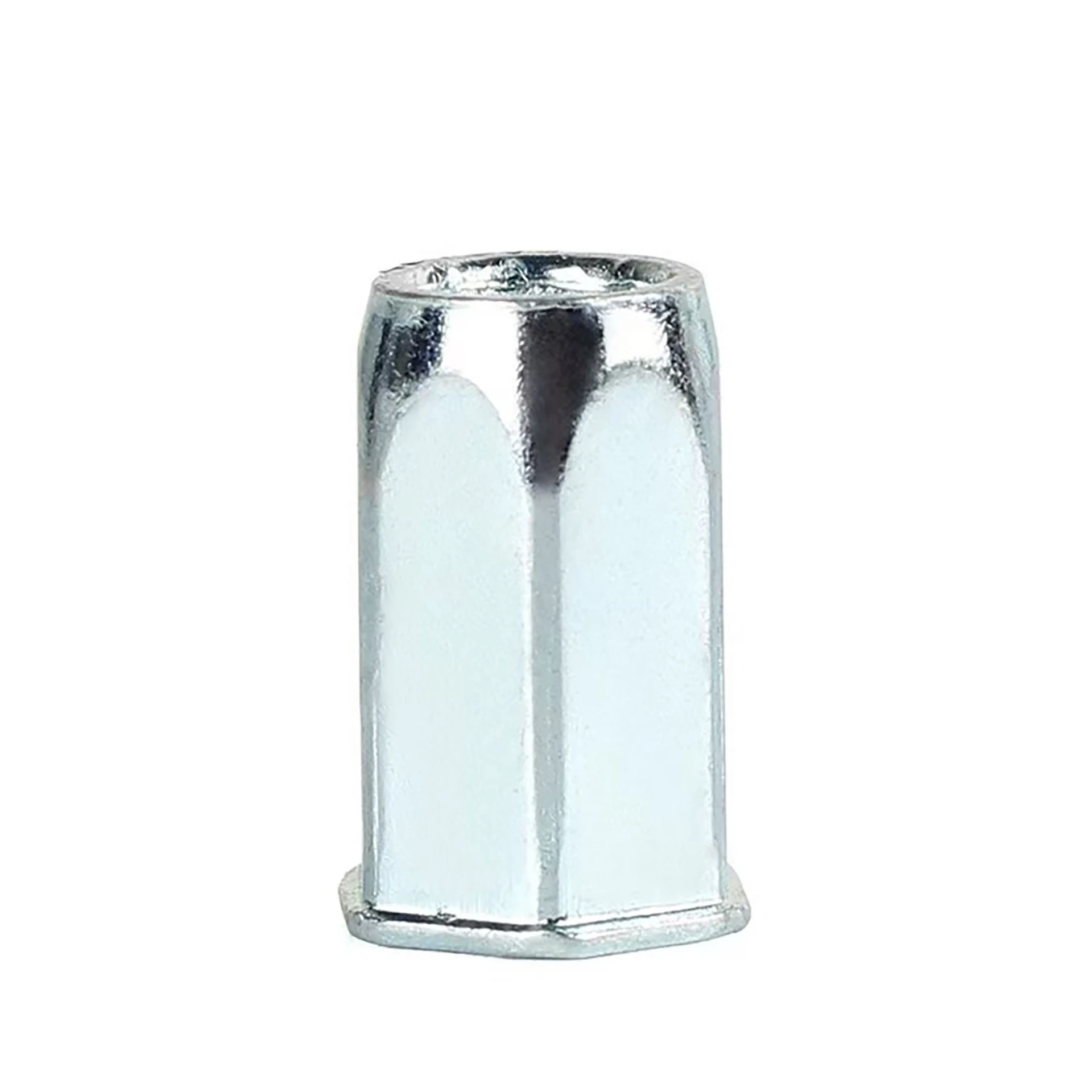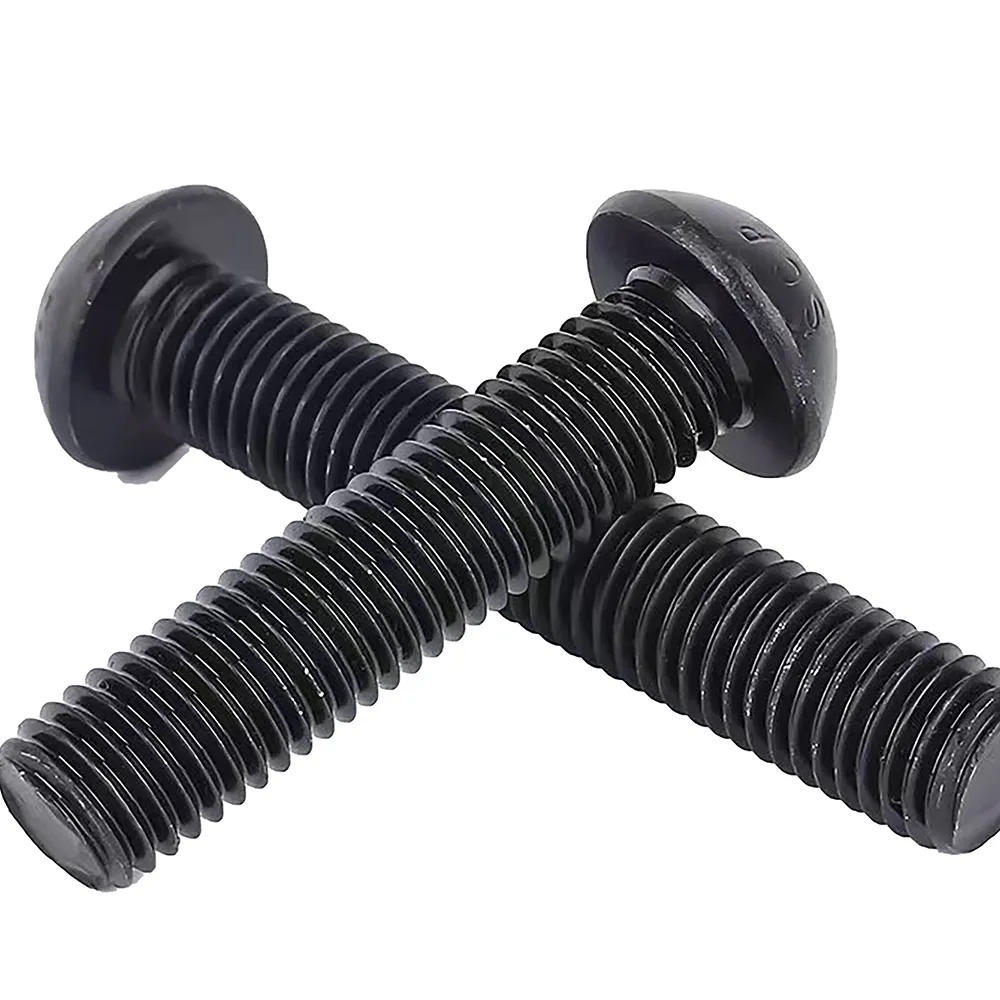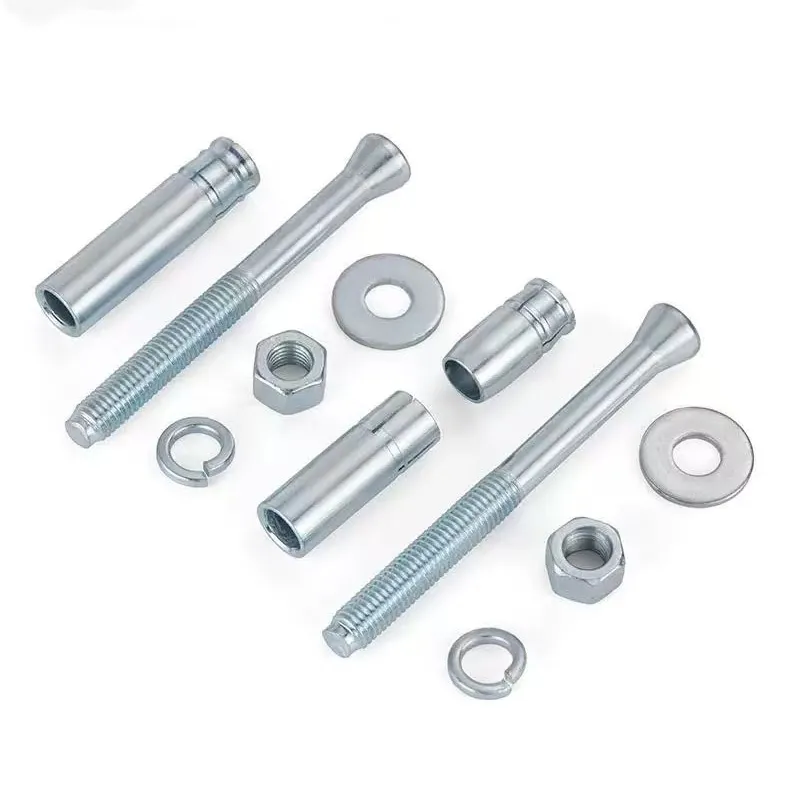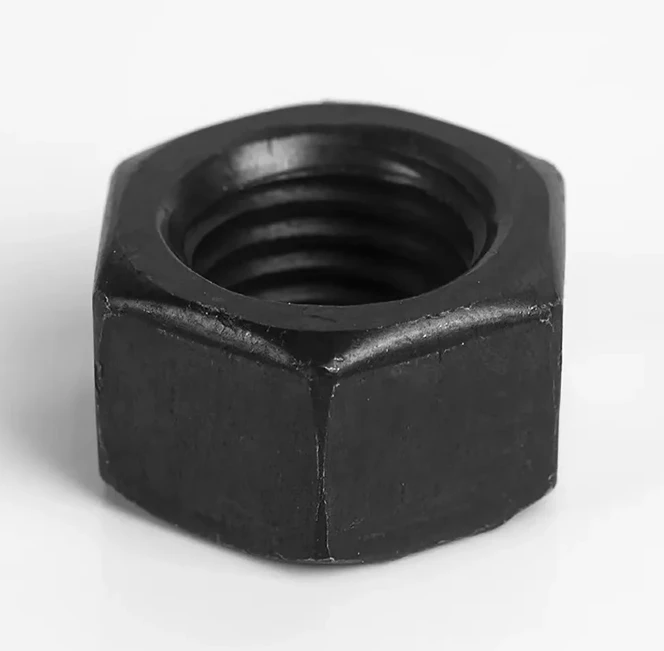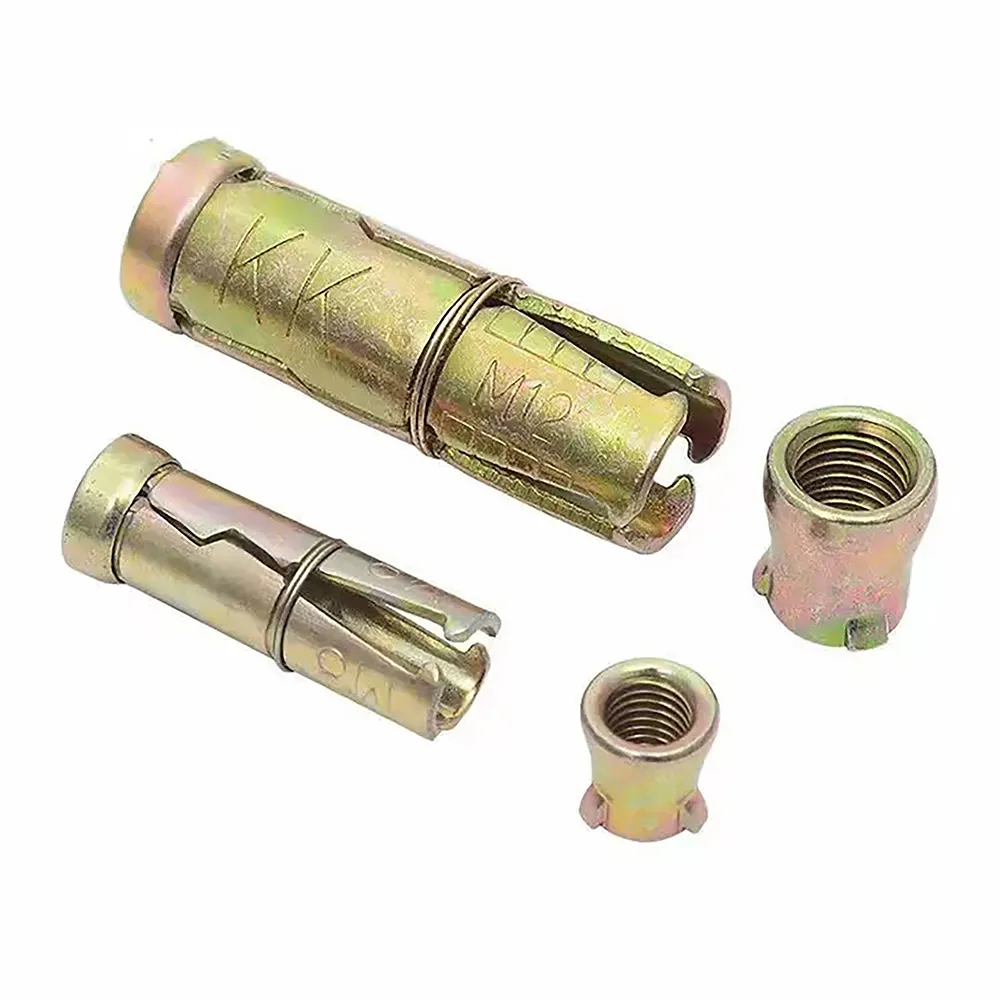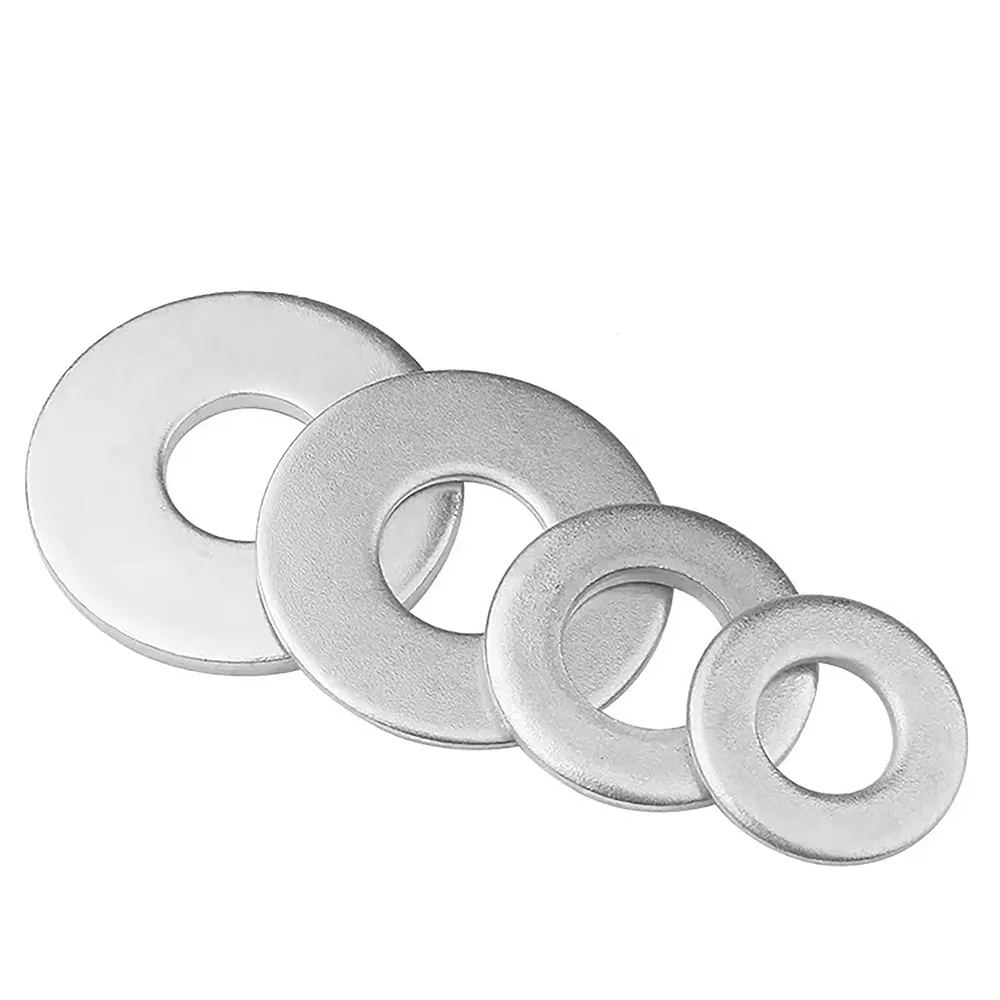Why Choose Our Crown Hex Nut: Strong, Corrosion-Resistant?
Field Notes on the Crown Hex Nut: What Pros Are Actually Buying This Year
If you work around machinery, playground builds, or clean-looking enclosures, you’ve seen a crown hex nut more times than you might realize. It’s the modest finishing touch that keeps threads protected and projects looking, well, finished. I’ve toured factories from Hebei to Hamburg, and this form factor keeps popping up—part function, part design detail.

Product snapshot (and where it’s made)
These dome cap nuts—sometimes called cover or acorn nuts—protect protruding bolt threads and eliminate snag points. The model here is produced in Hanguang Industrial Park, Yongnian District, Handan City, Hebei Province, a region that’s essentially fastener central in North China. To be honest, that cluster effect shows: repeatable tooling, stable metallurgy, and competitive lead times.
Why the surge now?
Three quick trends I’m seeing: (1) OEMs want safer edges on public-facing builds, (2) enclosure brands prefer the tidy finish over exposed threads, and (3) corrosion expectations keep climbing—especially for coastal projects and EV infrastructure. Surprisingly, many customers say the visual upgrade alone justifies the small bump in cost over a standard nut.
Specs most buyers ask for
| Size Range | M4–M20 (others on request) |
| Materials | Carbon steel (Class 6/8/10), SS304, SS316 |
| Finishes | Zinc, HDG, Nickel, Chrome, Black oxide; passivation for SS |
| Standards | DIN 1587; ISO 898-2 (carbon steel nuts); ISO 3506-2 (SS) |
| Typical Proof Load | ≈ per property class; real-world use may vary with finish |
| Salt Spray (ASTM B117) | Zn ≈ 72–240 h; Zn-Ni ≈ 480–720 h; SS316 ≈ 1,000 h+ |

How it’s made (short version)
- Materials: Wire rod (low-carbon or alloy), SS304/316 for corrosion-critical jobs.
- Methods: Cold heading for the hex body, precision doming, threaded via tapping or roll-forming; chamfering and de-burring to avoid sharp edges.
- Finishing: Electro-zinc, HDG for structural outdoors, or decorative chrome for visible assemblies.
- Testing: Proof-load to ISO 898-2 or ISO 3506-2, dimensional checks (go/no-go gauges), lot acceptance per ISO 3269, salt spray per ASTM B117.
- Service life: Indoors ≈ 10+ years (Zn); coastal installs favor SS316 for multi-decade resistance, depending on maintenance.

Where a crown hex nut earns its keep
Use cases I keep hearing about: playgrounds and fitness rigs (no snag points), hotel and retail fixtures (clean finish), EV chargers and solar combiner boxes (corrosion + aesthetics), marine hardware (SS316), furniture and bikes (finger-safe). Advantages are fairly obvious—thread protection, safer touch points, and a more premium look. Many installers also say the domed cap helps keep grime out of threads during maintenance cycles.
Vendor comparison (field perspective)
| Vendor | Certs | MOQ | Lead Time | Notes |
|---|---|---|---|---|
| FastenBoen (Hebei) | ISO 9001; RoHS/REACH | ≈ 5,000 pcs | 10–20 days typical | Stable tooling; broad finish options |
| Generic Import | Varies | Low | 15–40 days | Specs inconsistent; spot-check needed |
| Local Distributor | Stock certificates | Case-by-case | Immediate–7 days | Great for rush jobs; fewer finishes |
Customization that actually matters
Common tweaks: logo/marking on flats, special plating thickness for coastal codes, non-standard thread pitches, and matched bolt-kits bagged per project. For FDA-adjacent spaces, customers lean toward SS316 with documentation and full traceability—no surprises there.
Two quick case notes
- Playground OEM: swapped to crown hex nut SS304; report a measurable drop in field complaints about snags and rust bloom after one rainy season.
- EV charging enclosures: moved to Zn-Ni coated carbon steel; salt-spray avg. improved from ≈ 96 h to ≈ 480 h, cutting mid-life maintenance.
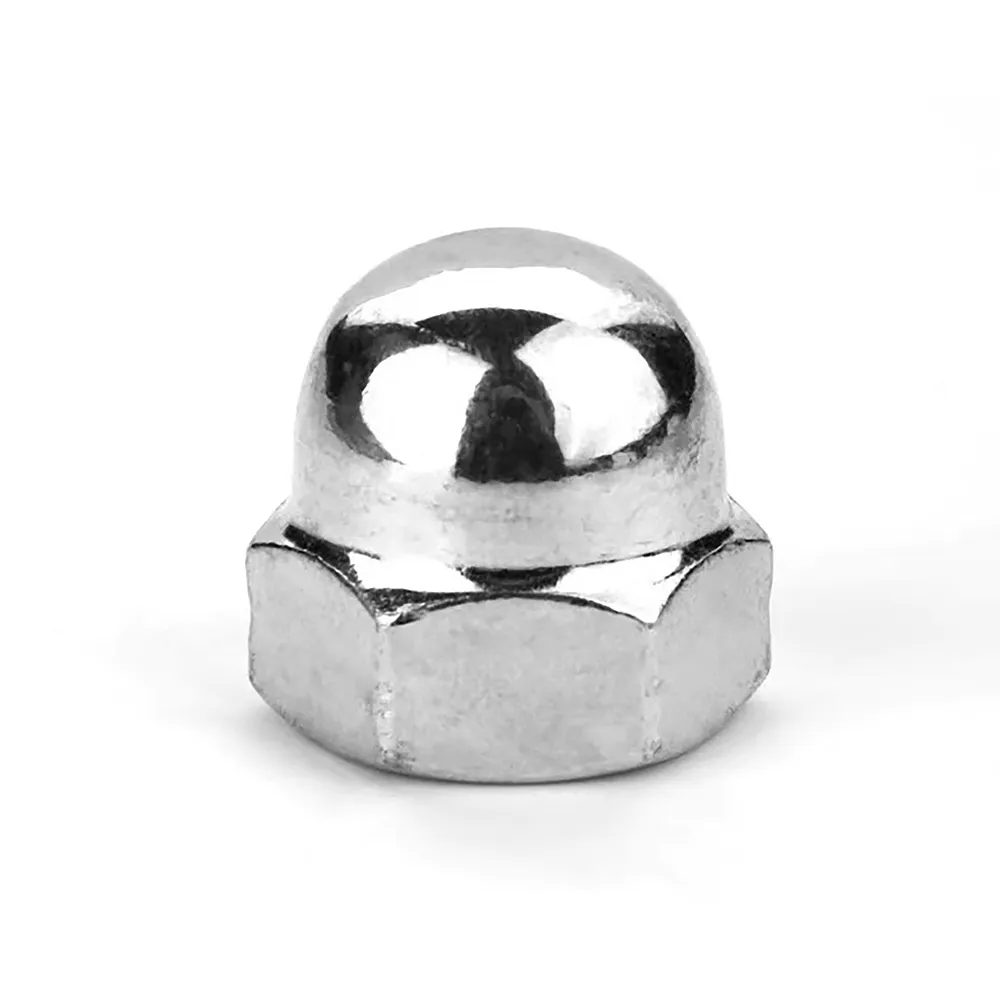
Compliance and test data
Look for DIN 1587 geometry compliance, mechanicals per ISO 898-2 (carbon steel) or ISO 3506-2 (SS). For coatings, ASTM B117 salt spray is the quick comparator—real-world performance, however, still depends on environment, fastener mating, and maintenance. Most reputable makers will also state RoHS and REACH conformity on request.
References:
- DIN 1587 — Hexagon domed cap nuts (Beuth/DIN Catalogue)
- ISO 898-2 — Mechanical properties of fasteners — Nuts with specified proof load values
- ISO 3506-2 — Mechanical properties of corrosion-resistant stainless steel fasteners — Nuts
- ASTM B117 — Standard Practice for Operating Salt Spray (Fog) Apparatus
- ISO 3269 — Fasteners — Acceptance inspection
Who We Are: The Right Fastener Partner for Global SMEs
Handan Boen Fastener Manufacturing Co., Ltd. (Est. 2010) specializes in producing standardized industrial fasteners, including bolts, nuts, washers, and other essential components. We provide cost-effective for small and medium-sized buyers in industries such as automotive parts, agricultural machinery, and construction.



